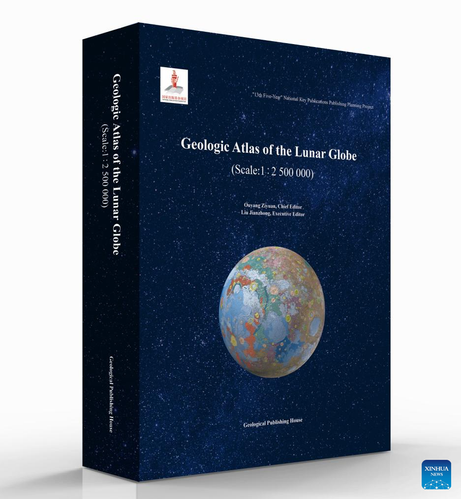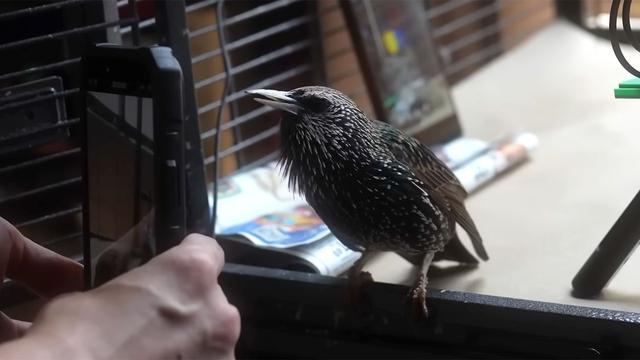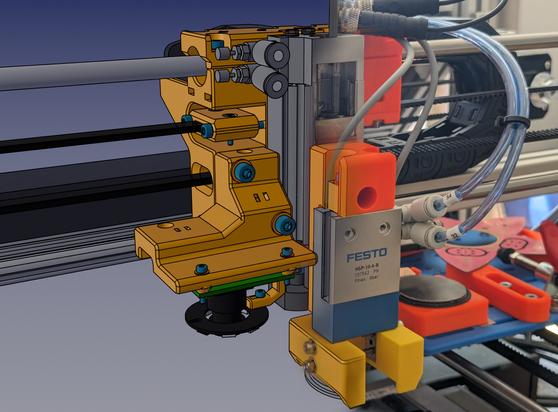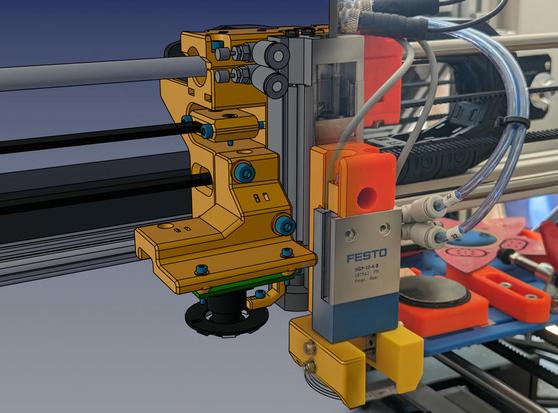@cesarb
- 35 Followers
- 465 Following
- 484 Posts
🚨 Plantão da Globo anunciando a decretação de prisão domiciliar de Jair Bolsonaro pelo ministro Alexandre de Moraes
Os chineses, que levam a sério o seu programa espacial, lançaram no ano passado o Atlas Geológico do Globo Lunar, o mapeamento de mais alta resolução já publicado sobre a Lua, fazendo uso das imagens coletadas pelas missões da própria China e atualizando os mapas anteriores, da época do Projeto Apollo.
O Atlas detalha mais de 12.000 crateras, além de outras informações geológicas, topográficas e tectônicas da superfície lunar, em escala 1:2.500.000.
Mais: https://english.cas.cn/newsroom/cas_media/202404/t20240422_660730.shtml
Para especialistas, exceções são recuo de Trump e abrem margem para negociação
Cool, a thing I worked on is public https://www.raspberrypi.com/news/rp2350-a4-rp2354-and-a-new-hacking-challenge/
I want to defend Wayland here and explain a crucial piece that I think people are missing...
The splitting of protocols in Wayland and compositor reimplementation were to allow for new form factors. It had to sacrifice the guarantee of all desktop app functionality being present to achieve that.
The idea (as I see it) was never to have 500 desktop compositors all trying to reimplement the same thing with slight differences. Iinstead, it was for 500 different interfaces for different platforms that are compatible with the same apps (e.g. desktop, laptop, phone, car screens, AR/VR, watch). Different form factors have totally different ways of dealing with interface, but share enough common features where it makes sense to have 1 base protocol and many other ones for device/form specific features.
Problem is, while in 2008-2016 we had a ton of new experimental UIs coming out on a semi-regular basis (that was the peak of the whole convergent phone/tablet craze, smartwatches started, fancy car UI, touch tables, early AR/VR) things have quieted down. The purpose of Wayland's insane modularity hasn't been visible to most people given it's almost always complained about in a desktop contest vs X11. But X11 was literally only designed for a desktop form factor and has been refined for that 1 purpose for decades!
As an example of different form factors, Wayland lets IVI (in-vehicle infotainment) systems work way better than Xorg could have. Desktop window layouting on that platform would inherently produce massive amounts of unnecessary complexity, and the ability to direct scanout saves on power/expensive compute. Automotive Grade Linux and COVESA maintain reference interfaces for cars so companies can iterate a ton faster. Wayland gives the app compatibility and they can make the system UI work with more flexibility and ease than an X11 window manager.
Take Linux Mobile too, the compositor can reliably enforce window layout and boundaries and composition. While this could technically be done with an X window manager and compositor, doing it with Wayland guarantees reliability as the app simply doesn't have a choice or room for error. Some things like drag and drop of toolbars doesn't make much sense on mobile given how small the screens are.
There's some interfaces where X11 is basically impossible to use. In AR/VR (where i am making a Wayland compositor) the concept of a screen simply does not exist. How is an app supposed to position itself when the very concept of 3D is not part of the protocol? In Wayland I don't have to implement the protocols that don''t work (e.g. layer shell) and therefore any apps that don't need it will be compatible..
Wayland has allowed for insane levels of flexibility, things that no other display server architecture can do reasonably. Total flexibility between app and screen, direct scanout without hacks, AR/VR support, etc.
Here's some fun and useful stuff that's been done with Wayland, stuff that X11 could never reasonably do:
LG Smart TV UI: https://youtu.be/4cmYCK9PBkM
Multiple user collaboration on touch tables with arbitrary rotation: https://youtu.be/8xtjJTJAQsY
AR/VR apps running in windows and volumes at the same time, all interactable back in 2014 (eat your heart out magic leap and apple): https://github.com/evil0sheep/motorcar
Presentation slides that were themselves a Wayland compositor written in Qt and QML so therefore allowed fully interactive live demos in an integrated form factor with a very popular and easy to code UI framework: https://youtu.be/mIg1P3i2ZfI
Cosmic panels are actually Wayland compositors, meaning widgets can draw literally anything from any toolkit in any language.
Now, could Wayland devs maybe have distributed features across protocols better? Worked with app toolkit devs to ensure the protocols they made actually fit what the apps and compositors needed? Stopped bikeshedding (though imo many cases of "bikeshedding" are simply accounting for other form factors)? Absolutely!
My point here is simple: there was a reason for making it this modular, for not having a standard implementation. It wasn't just devs trying to impose some ideology, it wasn't some corporate takeover. It's good reasons that people using X11 on their desktop/laptop don't encounter. If we made something that wasn't universal, most apps wouldn't be compatible with it and therefore everything but the desktop form factor would lack apps.

QtWS17 - Intro to the WebOS QtWayland Compositor, Florian Haenel, LG Electronics
Saving an image to a bird
They converted an image to a waveform, played it to a young starling who imitated it well enough that it could be recorded and the waveform converted back to an image.
The linked video is full of info about bioacoustic monitoring too
Brasil virou pedra no sapato de Trump na América do Sul
Big Techs se unem a cartões de crédito pra assaltar o Pix.
- bsapub
https://apublica.org/2025/07/big-techs-se-unem-a-cartoes-de-credito-pra-assaltar-o-pix/
- bsapub
https://apublica.org/2025/07/big-techs-se-unem-a-cartoes-de-credito-pra-assaltar-o-pix/
A hundred choices by thousands (or millions) of people add up to the kind of place you live in. This applies to countries too (I described it as the "background cultural noise" to a Canadian friend).
We tell this dumb (& paralyzing) story that our actions don't matter unless the impact is HUGE🙄
5/n
I have written down all that I know about designing functional mechanical parts for 3d-printing. Took two years, but I finally managed to finish it... Please let me know what you think!







